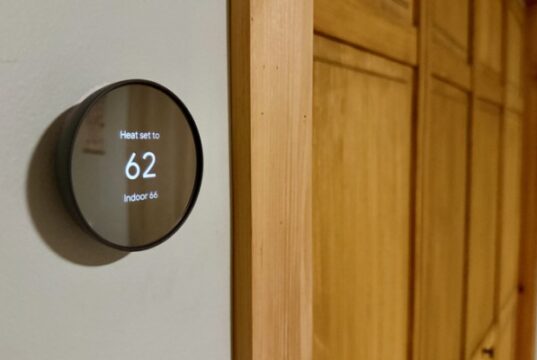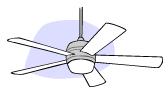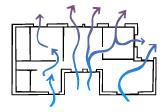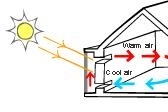Ventilation checklist
Created and approved by the BUILD.com.au team, this ventilation checklist is designed to guide you through the process step by step—whether you're just starting...
Different technologies to cool your home
Cooling technologies differ hugely in terms of their initial and running costs, environmental impact, and how effectively they actually cool the air in your...
Climate control checklist
Created and approved by the BUILD.com.au team, this climate control checklist is designed to guide you through the process step by step—whether you’re just...
Ventilation methods
There are many different methods with which to ventilate your home. Choosing one, or a combination of several, can ensure your home is a...
Types of heating
There are many different ways to keep warm - and many practical differences between different types of heater. The type of fuel you use,...
Heating and cooling management
Heating and cooling take a big bite out of your home’s energy bills, but managing them smartly can keep you comfortable without blowing your budget. Whether you’re renovating or building new, understanding how to control temperature efficiently is key to a home that feels just right all year round.
Regulations and passive design
There are a number of regulations in Australia that will affect how you design your home. These regulations mostly exist to ensure that liveable...
Door and window design
Doors and windows are easily the weakest links in your home when it comes to passive design. Find out how you can control heat...
Floor design
Floors - especially concrete slab floors which can absorb a lot of heat during the day - can be used to great effect when...
Wall design
The walls of your home can represent a significant amount of mass, and depending on how they're positioned can be used to either collect...















